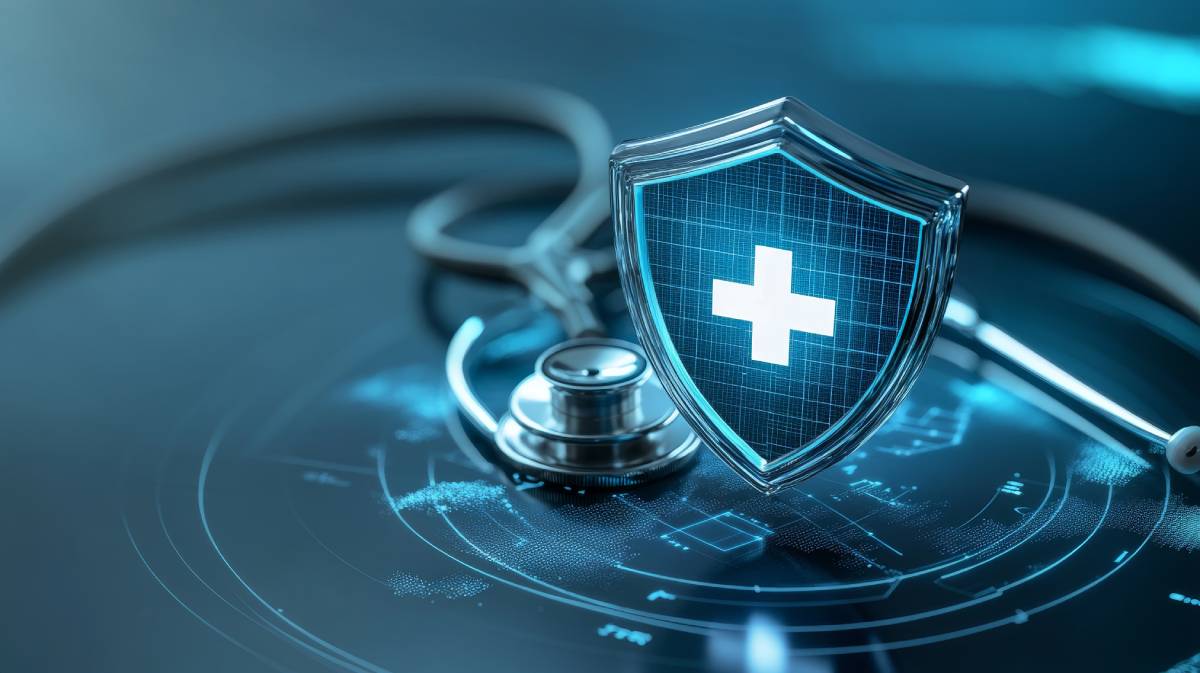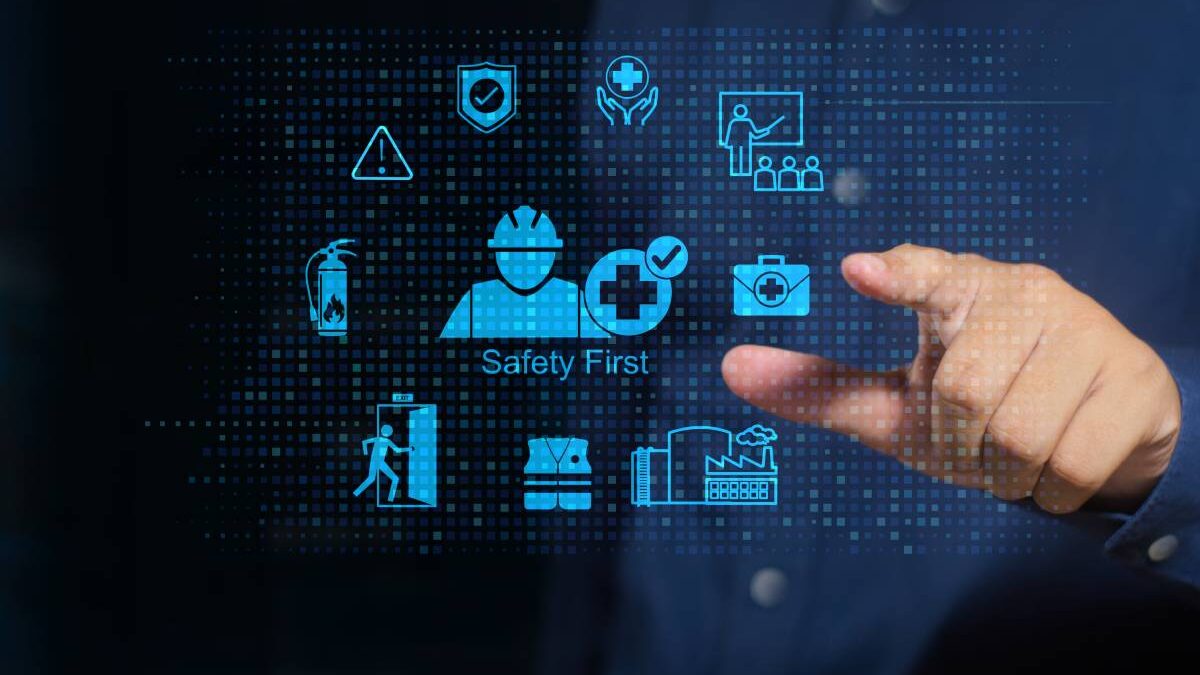In today’s healthcare environment, the safety of medical professionals has become a pressing concern. Violence in healthcare settings has increased dramatically in recent years, with more than 90% of healthcare workers reporting they’ve experienced or witnessed workplace violence in just the past month. From verbal abuse to physical assaults, these incidents not only affect the well-being of healthcare providers but also directly impact patient care quality and outcomes.
Table of Contents
The Growing Crisis in Healthcare Security
The healthcare industry faces unique challenges when it comes to safety and security. Healthcare workers experience workplace violence 12 times more frequently than professionals in other industries, with healthcare staff involved in 75% of all workplace violence incidents. This alarming trend has only worsened since the COVID-19 pandemic, placing additional strain on an already burdened healthcare system.
Recent data from the National Nurses United reveals that over 80% of nurses experienced at least one type of workplace violence within the past year, with nearly half reporting an increase in violent incidents in their units. These statistics highlight the urgent need for effective safety protocols and rapid response systems to protect those who dedicate their lives to healing others.
Why Rapid Response is Critical in Healthcare Settings
When safety incidents occur in healthcare environments, every second matters. A swift response can make the difference between:
- De-escalation vs. escalation – Early intervention often prevents situations from intensifying
- Minor vs. serious injury – Prompt assistance reduces the severity of potential harm
- Controlled vs. disruptive environments – Quick containment minimizes disruption to patient care
- Confidence vs. fear among staff – Knowing help will arrive quickly improves morale and retention
The longer a threatening situation continues without intervention, the greater the risk to everyone involved. This proves particularly true in healthcare settings where heightened emotions, medical emergencies, and sometimes altered mental states create volatile conditions.
Impact on Patient Care
When healthcare workers feel unsafe, patient care inevitably suffers. Studies show that 80% of emergency physicians confirm that violence in their departments harms patient care. The consequences include:
- Decreased attentiveness due to heightened anxiety
- Reluctance to engage fully with potentially aggressive patients
- Increased staff turnover leading to care inconsistency
- Reduced reporting of issues due to fear or perceived futility
- Distraction from complex medical tasks requiring full concentration
Healthcare safety doesn’t just protect workers—it maintains the quality of medical care for everyone who needs it. Creating environments where healthcare professionals can focus on their patients rather than their personal security remains essential for optimal clinical outcomes.
Elements of Effective Rapid Response Systems
A comprehensive safety strategy requires multiple components working in harmony. The most effective rapid response systems include:
Immediate Alert Capability
The ability to call for help instantly forms the foundation of any safety system. A wearable duress button provides healthcare workers a discreet, reliable way to summon assistance without escalating a situation or leaving their position. Unlike traditional fixed alarm systems, wearable technology moves with the staff member, offering protection wherever they go within a facility.
Precise Location Tracking
When staff trigger an alert, responders need to know exactly where to go. Advanced systems pinpoint the exact location of an incident, eliminating time wasted searching and allowing for immediate intervention. This capability is particularly valuable in large facilities with multiple floors, wings, or isolated areas.
Clear Communication Protocols
Effective response relies on clear communication. This includes the initial alert, coordination between responders, and ongoing updates about the situation. Automated systems that share relevant information with the right people save precious time during emergencies.
Tiered Response Options
Not all situations require the same level of response. Systems that allow staff to indicate the severity of an incident help allocate resources appropriately. A minor issue might need only a supervisor, while a serious threat may require security personnel or law enforcement involvement.
Developing an Effective Workplace Violence Prevention Policy
A rapid response system works most effectively when integrated into a comprehensive safety strategy. An effective workplace violence prevention policy should include:
- Risk assessment procedures that identify potential security vulnerabilities
- Training programs that prepare staff for various scenarios
- Clear reporting mechanisms that encourage documentation
- Support systems for affected staff members
- Regular drills and system testing that maintain readiness
- Data collection processes that enable continuous improvement
Organizations like OSHA recommend that healthcare facilities develop and implement workplace violence prevention plans that address these elements while considering the specific needs and challenges of their environments.
The Role of Technology in Rapid Response

Technological advancements have significantly improved the capabilities of safety systems in healthcare settings. Modern solutions offer advantages that weren’t possible with traditional approaches:
- Independence from Wi-Fi or cellular networks during emergencies
- Coverage throughout facilities, including traditionally problematic areas like stairwells and parking structures
- Integration with existing security systems
- Automated documentation for incident reporting and analysis
- Privacy-preserving designs that only track location when staff request help
Systems like those offered by CENTEGIX provide healthcare workers with wearable alert badges that function anywhere on campus, indoors or outdoors, without requiring access to phones or fixed alarm stations.
The Hidden Costs of Inadequate Response Systems
Healthcare organizations often overlook the significant costs associated with insufficient safety measures. These costs extend far beyond the immediate impact of violent incidents:
- Workers’ compensation claims that increase insurance premiums
- Lost productivity when staff take leave after incidents
- Legal expenses from potential liability claims
- Recruitment costs to replace staff who leave due to safety concerns
- Decreased patient satisfaction that affects reimbursement rates
- Diminished institutional reputation that impacts patient volume
A Joint Commission study found that a single serious workplace violence incident costs healthcare organizations an average of $15,000 in direct expenses. When indirect costs like decreased productivity and increased turnover are considered, that figure often multiplies several times over.
Overcoming Implementation Challenges
While most healthcare administrators recognize the importance of rapid response systems, many face challenges implementing effective solutions. Common obstacles include:
- Budget constraints that limit technology investments
- Staff resistance to adopting new protocols or wearing devices
- Integration difficulties with existing emergency response systems
- Concerns about false alarms disrupting operations
- Difficulties measuring return on investment
Progressive healthcare organizations overcome these challenges by starting with pilot programs in high-risk areas, collecting data to demonstrate effectiveness, engaging staff in solution selection, and phasing implementation to manage costs. Success depends on clear communication about the purpose and benefits of these systems, with emphasis on how they protect staff and patients.
Building a Culture of Safety
Beyond technology and policies, creating a culture that prioritizes safety is essential for protecting healthcare workers. This culture is built through:
- Leadership commitment to safety as a core value
- Regular discussion of safety concerns in team meetings
- Recognition of staff who contribute to safety improvements
- Transparency about incidents and response effectiveness
- Continuous education and awareness building
When safety becomes part of the organizational culture, staff feel empowered to report concerns, participate in prevention efforts, and activate response systems when needed—without fear of negative consequences.
Seconds Matter When Lives Are On The Line
As violence in healthcare settings continues to rise, rapid response capabilities have never held more importance. By implementing comprehensive safety systems that enable immediate alerts and swift intervention, healthcare organizations can better protect their staff while maintaining high-quality patient care.
The combination of well-designed policies, appropriate technology, and a supportive culture creates environments where healthcare professionals can focus on their primary mission—healing—rather than worrying about their personal safety. When healthcare workers know help arrives just seconds after they activate an alert, they approach their work with confidence, ultimately benefiting everyone involved in healthcare delivery.
For those looking to enhance safety measures, investigating options like wearable duress buttons and developing robust workplace violence prevention policies should become a priority. The investment in these systems doesn’t just address compliance with regulations—it creates healthcare environments where safety and healing work hand in hand.
The ability to respond rapidly to threats doesn’t just protect individuals—it safeguards the entire healthcare mission. In an industry dedicated to preserving life and promoting health, protecting those who provide care represents both a moral imperative and a practical necessity. As technology advances and awareness grows, healthcare organizations have unprecedented opportunities to create safer environments where medical professionals can focus on what they do best: providing exceptional care to those who need it most.
Also Read: Swimming Headphones – Swim music Decathlon, Suns tech Argos, and More

